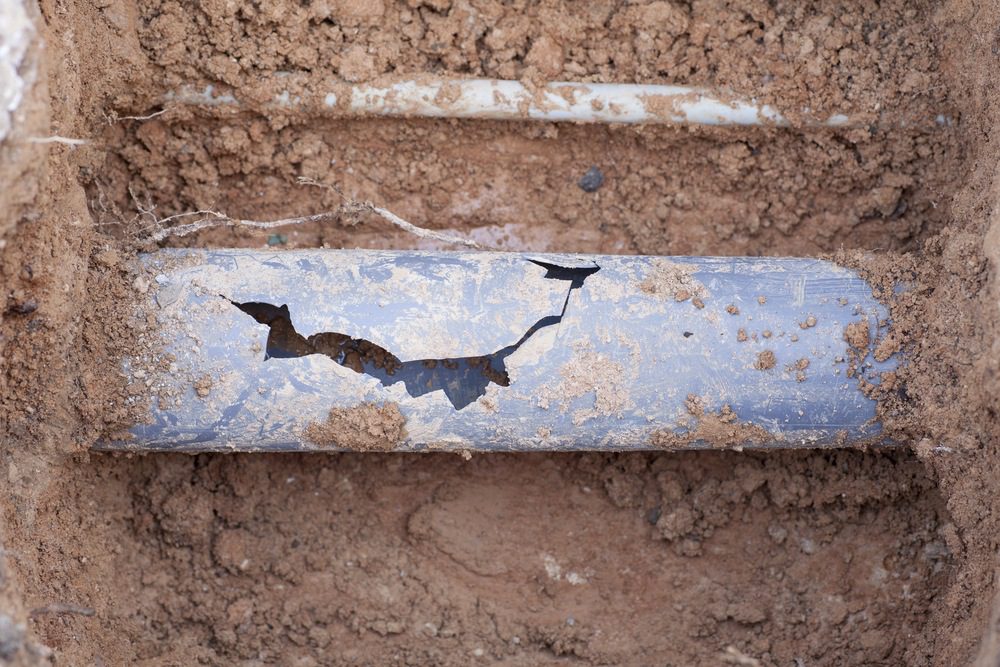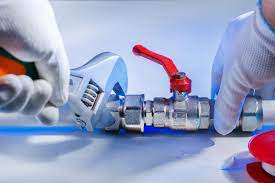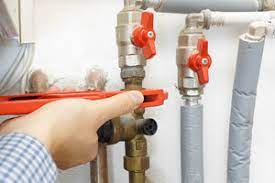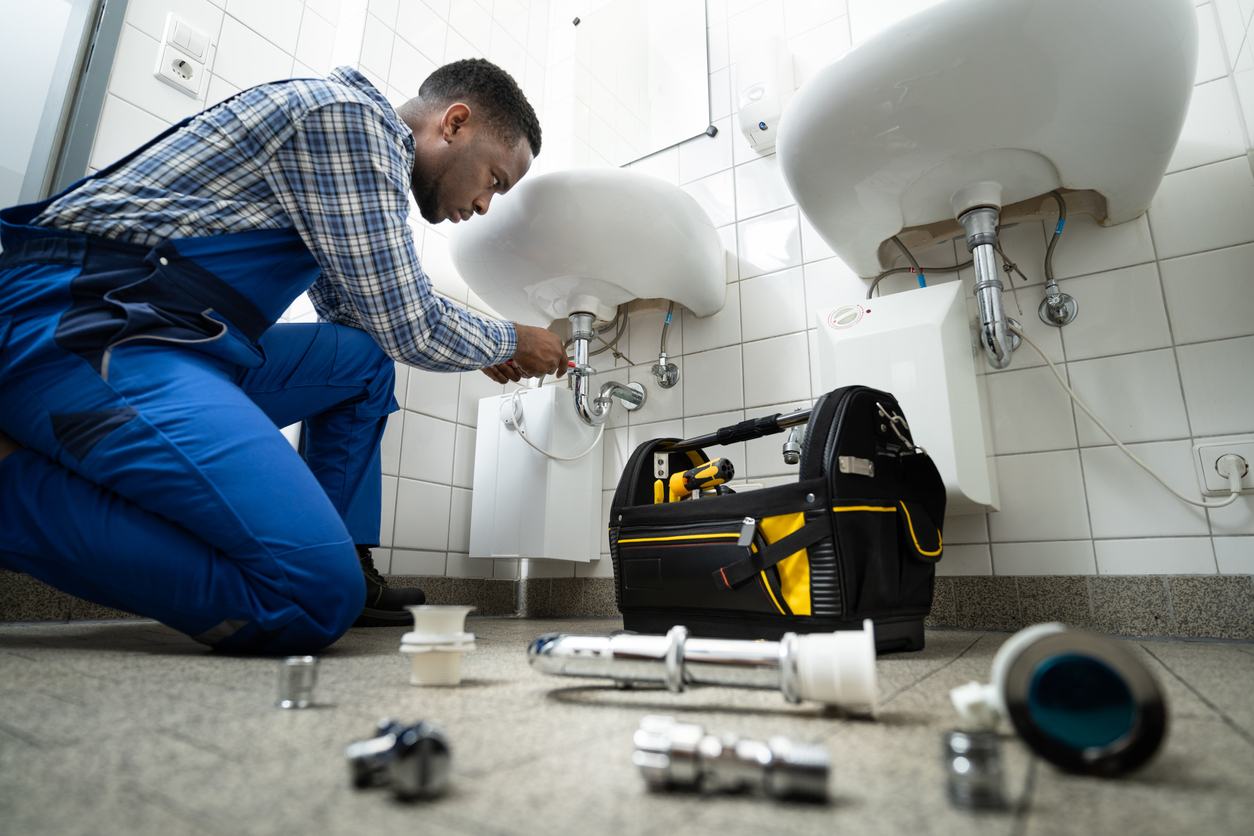Sewer Replacement in Newark NJ is a significant plumbing project that involves replacing all or part of the underground sewer line that connects a property to the municipal sewer system or septic tank. Here’s an overview of the Sewer Replacement in Newark NJ process:
- Initial Assessment:
- The process typically begins with an inspection of the existing sewer line to assess its condition, identify any damage, blockages, or deterioration, and determine the extent of the replacement needed.
- Plumbers may use video camera inspection equipment to visually inspect the interior of the sewer line and pinpoint problem areas.
- Permitting and Planning:
- Before starting the sewer replacement project, permits may be required from local authorities or municipal agencies. The plumbing contractor will handle the permitting process on behalf of the property owner.
- A detailed plan is developed to outline the scope of work, including the location of the existing sewer line, the route of the replacement pipe, and any necessary excavation or trenching.
- Excavation and Removal:
- Depending on the depth and accessibility of the sewer line, excavation may be necessary to access the existing pipe for removal.
- Excavation equipment such as backhoes or trenchers is used to dig trenches along the path of the sewer line, exposing the existing pipe for removal.
- Pipe Replacement:
- Once the existing sewer line is exposed, it is removed from the ground and replaced with new piping material. Common materials for sewer replacement include PVC, ABS, or HDPE pipes.
- The new sewer line is installed using proper slope and alignment to ensure efficient drainage and flow of wastewater away from the property.
- Connection and Testing:
- The new sewer line is connected to the existing plumbing system within the property and to the municipal sewer or septic tank at the property line.
- Plumbers perform pressure testing and flow testing to ensure that the new sewer line is properly sealed, free of leaks, and functioning correctly.
- Backfilling and Restoration:
- Once the new sewer line is installed and tested, the trenches are backfilled with soil and compacted to restore the ground surface to its original condition.
- Landscaping, paving, or other surface features affected by excavation are restored or repaired as needed to complete the project.
- Final Inspection and Approval:
- A final inspection is conducted by local authorities or building inspectors to verify that the sewer replacement meets applicable building codes, regulations, and standards.
- Once the replacement is approved, the property owner can resume normal use of their plumbing system with confidence in the reliability and functionality of the new sewer line.
Sewer replacement is a complex and labor-intensive process that requires professional expertise and specialized equipment. It’s essential to hire licensed and experienced plumbing contractors to ensure that the replacement is completed safely, efficiently, and to code. Be sure to obtain multiple quotes, review credentials, and discuss project details with prospective contractors before proceeding with sewer replacement on your property.



